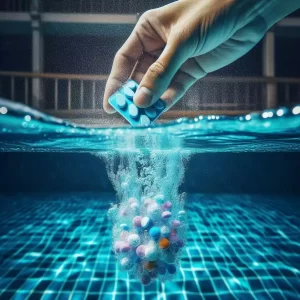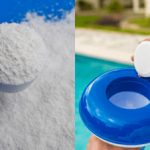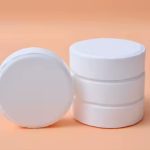Maintaining proper water chemistry is essential for the safety and comfort of swimmers in a pool. Chlorine is commonly used as a disinfectant to kill bacteria and other pathogens in pool water. However, the addition of chlorine tablets can affect the pH balance of the pool water. This article explores the relationship between pool chlorine tablets and pH levels, highlighting strategies to maintain optimal water quality.
Understanding Pool Chlorine Tablets
Chlorine tablets, also known as chlorine pucks or chlorine sticks, are a convenient and effective way to sanitize swimming pool water. These tablets contain concentrated chlorine compounds, such as trichloroisocyanuric acid (TCCA) or sodium dichloroisocyanurate (SDIC), which gradually dissolve in water to release chlorine.
Role of Chlorine in Pool Water
Chlorine plays a crucial role in pool water maintenance by effectively killing bacteria, algae, and other microorganisms that can contaminate the water and pose health risks to swimmers. It oxidizes organic matter and prevents the growth of algae, ensuring the water remains clear and safe for recreational use.
Impact of Chlorine Tablets on Pool pH
While chlorine is essential for disinfection, its addition to pool water can alter the pH balance. Chlorine tablets typically have a low pH, and as they dissolve, they release acidic byproducts into the water, causing the pH to decrease. This decrease in pH can lead to acidic pool water, which may cause discomfort to swimmers and damage pool equipment and surfaces if not addressed promptly.
Factors Influencing pH Changes
Chlorine Concentration: The concentration of chlorine in the pool water directly affects the rate at which the pH decreases. Higher concentrations of chlorine tablets result in more significant pH fluctuations, requiring frequent monitoring and adjustment.
Dissolution Rate: The rate at which chlorine tablets dissolve depends on various factors, including water temperature, circulation, and tablet size. Faster dissolution rates can lead to rapid pH changes, necessitating vigilant pH monitoring and maintenance.
Pool Size and Usage: The size of the pool and its usage patterns also influence the impact of chlorine tablets on pH levels. Larger pools may require higher chlorine concentrations, leading to more significant pH fluctuations. Additionally, heavy pool usage can contribute to pH variations due to the introduction of organic matter and other contaminants.

Strategies for pH Management
pH Monitoring: Regular pH testing is essential to assess the acidity or alkalinity of pool water accurately. Pool owners should use a reliable pH test kit and monitor pH levels at least once or twice a week to ensure they remain within the recommended range of 7.2 to 7.8.
pH Adjustment: If the pH deviates from the optimal range, corrective measures should be taken to restore balance. pH increasers, such as sodium carbonate (soda ash) or sodium bicarbonate (baking soda), can be added to raise pH levels, while pH reducers, such as sodium bisulfate or muriatic acid, can be used to lower pH levels as needed.
Dilution: Diluting pool water by adding fresh water can help mitigate pH fluctuations caused by chlorine tablets. This dilution effect helps maintain stable pH levels and prevents excessive acidity in the pool water.
Conclusion
In conclusion, pool chlorine tablets are an effective means of disinfecting pool water, but their use can impact pH levels due to the release of acidic byproducts. It is essential for pool owners to understand the relationship between chlorine tablets and pH balance and implement strategies to maintain optimal water quality. By monitoring pH levels regularly, adjusting chlorine dosage as needed, and employing corrective measures when necessary, pool owners can ensure a safe and enjoyable swimming experience for all. Balancing disinfection with pH management is key to maintaining a healthy and inviting pool environment.





